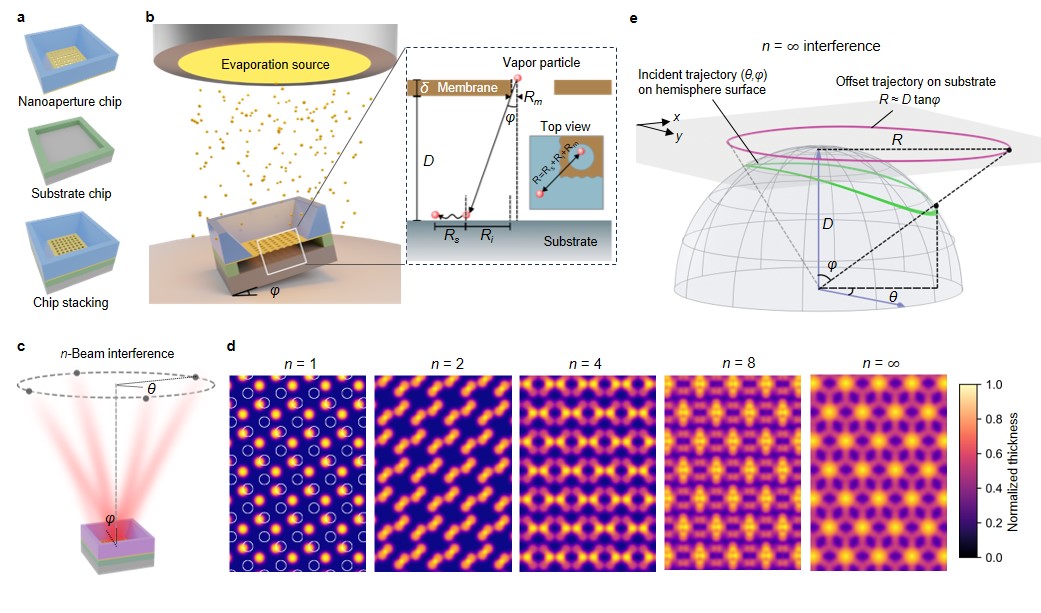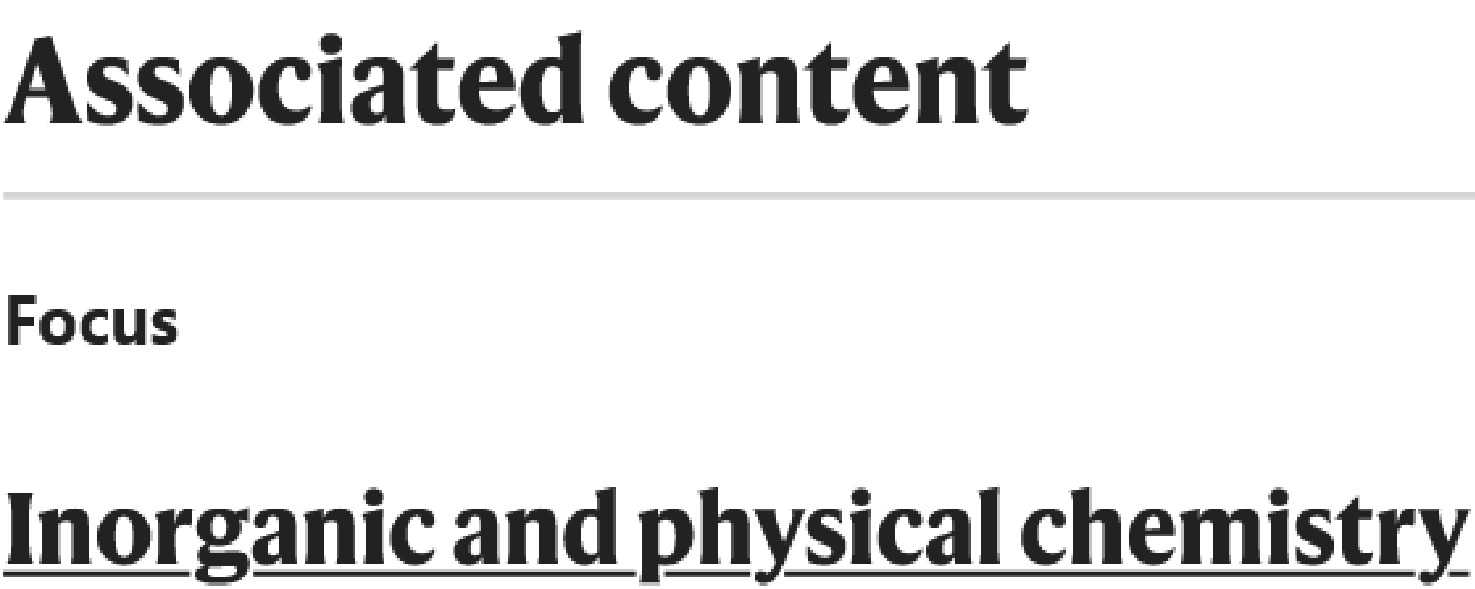[Nat. Commun.] Direct nanopatterning of complex 3D surfaces and self-aligned superlattices via molecular-beam holographic lithography
We invented a new method to directly nanopattern complex 3D surfaces and superlattices taking advantage of Moiré interference of molecular beams.

Conventional lithography methods involving pattern transfer through resist templating face challenges of material compatibility with various process solvents. Other approaches of direct material writing often compromise pattern complexity and overlay accuracy. Here we explore a concept based on the Moiré interference of molecular beams to directly pattern complex three-dimensional (3D) surfaces made by any evaporable materials, such as metals, oxides and organic semiconductors. Our proposed approach, termed the molecular-beam holographic lithography (MBHL), relies on precise control over angular projections of material flux passing through nanoapertures superimposed on the substrate, emulating the interference of coherent laser beams in interference lithography. Incorporating with our computational lithography (CL) algorithm, we have demonstrated self-aligned overlay of multiple material patterns to yield binary up to quinary superlattices, with a critical dimension and overlay accuracy on the order of 50 and 2 nm, respectively. The process is expected to substantially expand the boundary of materials combination for high-throughput fabrication of complex superstructures of translational symmetry on arbitrary substrates, enabling emerging nanoimaging, sensing, catalysis, and optoelectronic devices.
The article has been selected among the external page Editors' Highlights.
